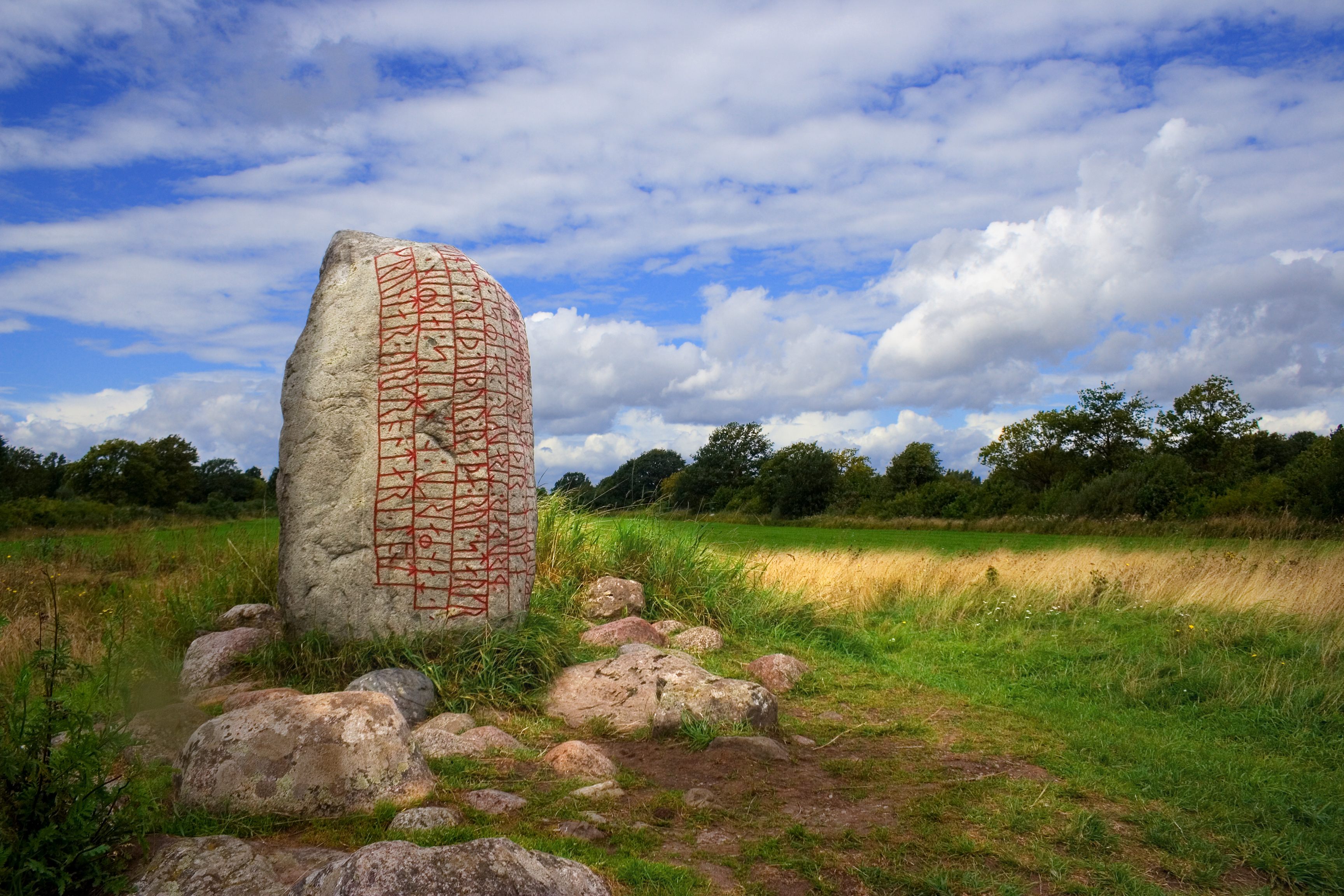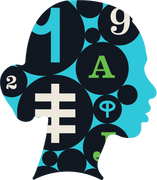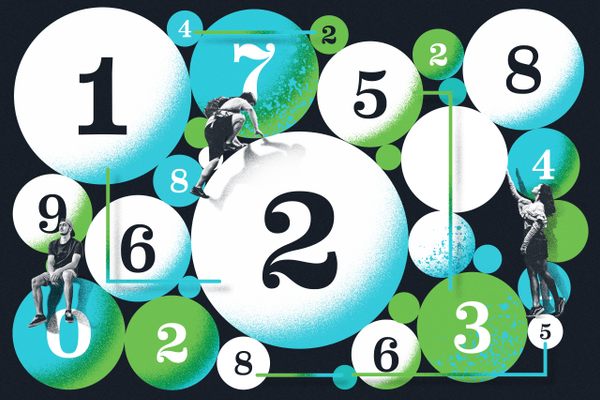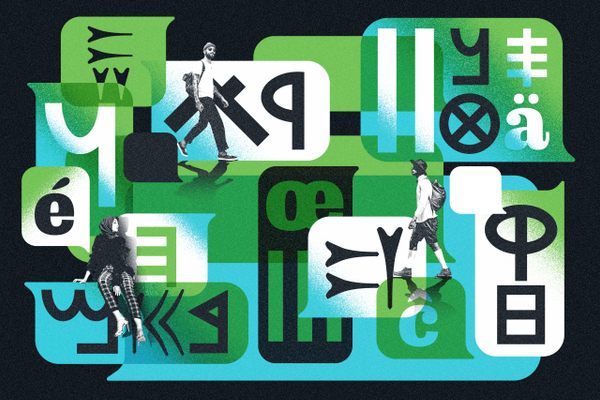
Puzzle Monday: The Mystery of the Missing Runes
Among our crosswords and other puzzles, we feature linguistic challenges from around the world from puzzle aficionado and writer Alex Bellos. A PDF of the puzzle, as well as the solution, can be downloaded below.
The runic alphabet used by the people of northwest Europe for more than a thousand years contains two great mysteries.
The first is its origin. Was this distinctive set of jagged symbols based on the Latin alphabet or some other ancient script? The second is a strange linguistic development, believed by experts to be unique in the history of world languages—and explored in the puzzle below.
Runes were used to write Old Norse and Old English, languages of the Germanic people who lived in northwest Europe in the first millennium. Originally, there were 24 runes. But in the eighth century in Scandinavia, around the beginning of the Viking Age, something strange happened. Some of the runes disappeared—the total number suddenly dropped by a third.

“Around 700 A.D., Old Norse gets more sounds, but the number of runes is cut down to 16. As far as I know, no other system in the world has done that. In England, where Anglo-Saxon runes were used for Old English, they introduced new runic letters for new sounds,” says Henrik Williams, professor of runology at Uppsala University in Sweden. “This is the biggest question in runology: Why did the Vikings cut down from 24 to 16?”
Runes are an instantly recognizable set of symbols with long vertical lines and angular branches. The most common theory for the origin of this overall shape is that the symbols were originally carved on wood—where it is better to carve across the grain so that the lines become more visible. They are thought to be descended from the Latin alphabet or one of the other related alphabets that were used in southern Europe two millennia ago.
The earliest known runic inscription dates from the middle of the second century, in southern Denmark, on a comb made from antler bone. The 24-rune alphabet used in this inscription, and for the next 600 years, is known as Elder Futhark, because the first six runes stand for the sounds “f,” “u,” “th,” “a,” “r,” and “k.” Only a few hundred Elder Futhark inscriptions survive, spread around England, Poland, and Germany, in addition to Scandinavia.
Elder Futhark is the ancestor of Anglo-Saxon runes, and also of the 16-rune alphabet used by the Vikings, which is called Younger Futhark. Only around 100 Anglo-Saxon inscriptions survive, but there are about 6,000 of Younger Futhark—about half in Sweden and about half carved on stone. Most runic inscriptions are short sentences that say who raised the stone and other administrative details: the place, a prayer, the name of the carver.

“If you were to put everything ever written in runes before the 16th century in a book, the book wouldn’t be more than 50 pages long,” says Williams. “The Vikings didn’t write literature in runes. They used it for more practical purposes.”
Runes fell into disuse in most places in the 12th century with the Christianization of Scandinavia, although in more remote places their use continued. The last known authentic runic inscription was made in the 15th century in Gotland, an island in the Baltic Sea.
“When Sweden was Christianized, it became Latinized. Runes didn’t have a place in learned society,” says Williams. “I think the people became less literate because they didn’t learn how to write in their own language.
“In Europe, once Latin arrives it kills off the indigenous culture. Runes are unique and very exciting because it is an example of the indigenous culture,” he adds. “Runes developed in an oral way. Reading runes gives you an insight into the oral culture of old Scandinavia.”

Stumped? Download the solution, with all the logical steps to get there!












Follow us on Twitter to get the latest on the world's hidden wonders.
Like us on Facebook to get the latest on the world's hidden wonders.
Follow us on Twitter Like us on Facebook